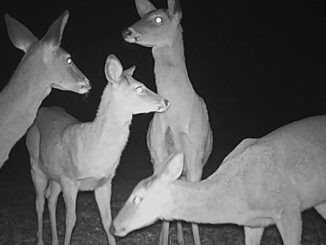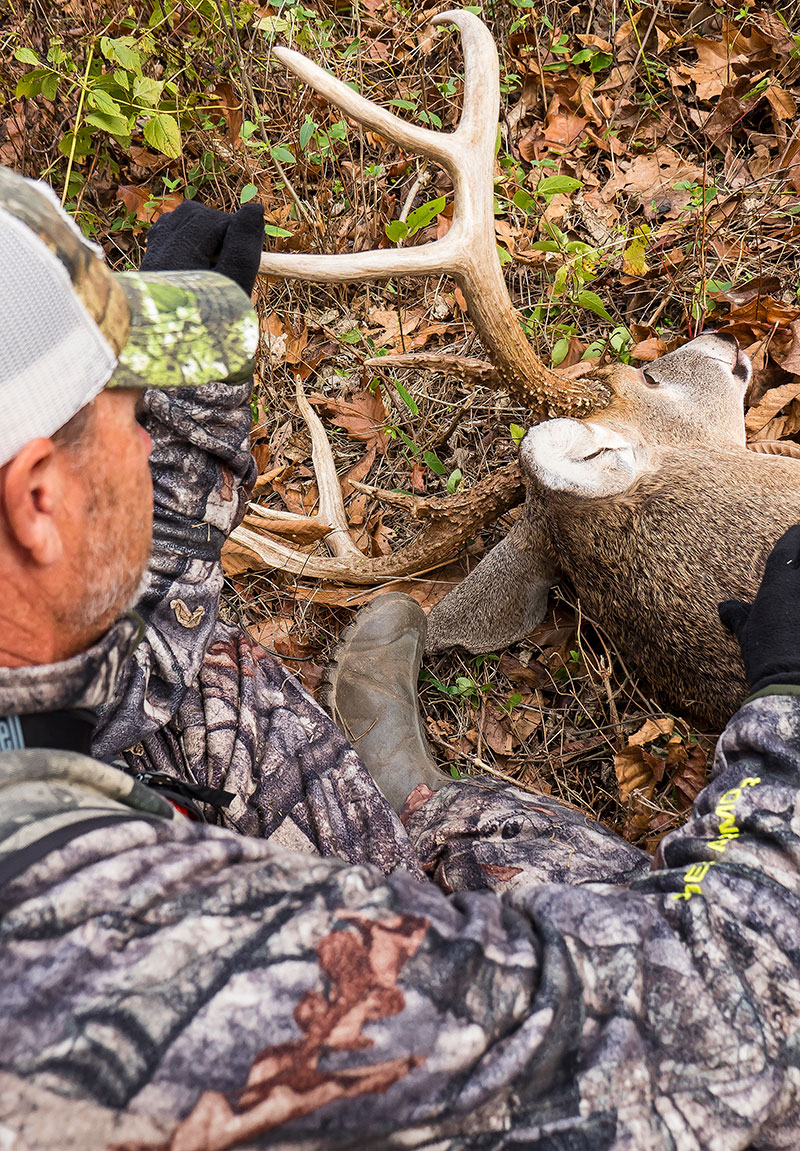
When it’s time to make a quiet move, this innovative gear meets the test
Even at a distance, I could hear the buck before seeing him.
The unmistakable gait of deer on the move, during the rut, is a sound deer hunters know all too well. He came into sight briefly and through my binoculars I watched as the deer disappeared into a small, thick area of palmetto and briers. One deer would enter, two emerged, and for the next hour I would play witness as the buck chased the doe in and out of the thicket.
One hundred yards away, holding my bow, I was limited in what I could do. After rattling and calling without luck, I was helpless. Or so I thought.
It was time to put the tree saddle I was hunting from to the ultimate test.
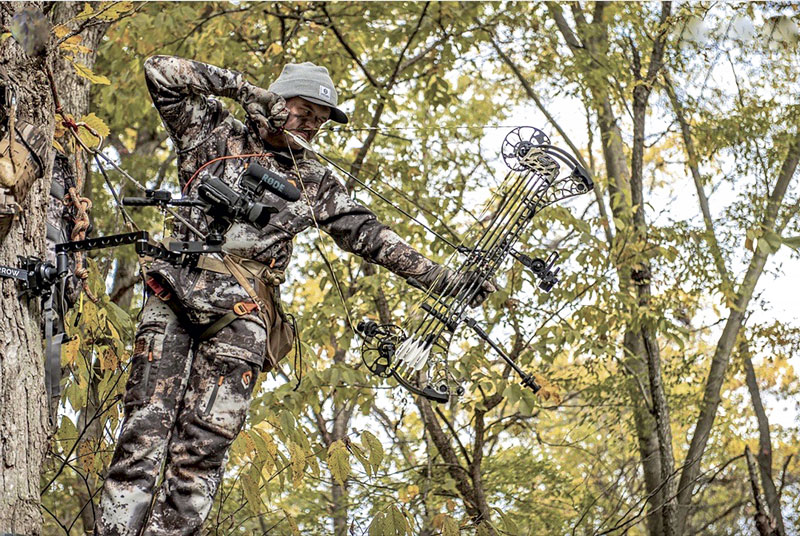
Tree saddle basics
Without a doubt, the tree saddle has joined the ranks as one of the most innovative pieces of hunting gear we’ve seen over the last decade. Lightweight, quiet, comfortable and portable, a tree saddle provides deer hunters with more options than other stands. Consisting of a saddle, platform, tether, lineman’s belt and climbing sticks, the entire package along with backpack, release, calls and lunch can weigh in at less than 20 pounds.
According to Richard Albritton, owner of Spotted Dog Sporting Goods, the first step is picking the best saddle for your body type.
“You really need to try several brands if possible to find what best fits you,” he said. “Shop around or attend an event like the Louisiana Sportsman Show and Festival, where you can try out different models.”
There are two ropes you will need for your saddle tree setup. One is a linemen’s rope which will have a carabiner on each end. The rope goes around the tree and attaches to each side of the saddle. It keeps you attached to the tree as you climb or descend.
The other rope is called a tether. Once you’ve reached the desired climbing height, you attach the tether to the saddle bridge. The tether is one of the most important pieces in your setup. It safely connects you to the tree while enabling you to maneuver for a shot.
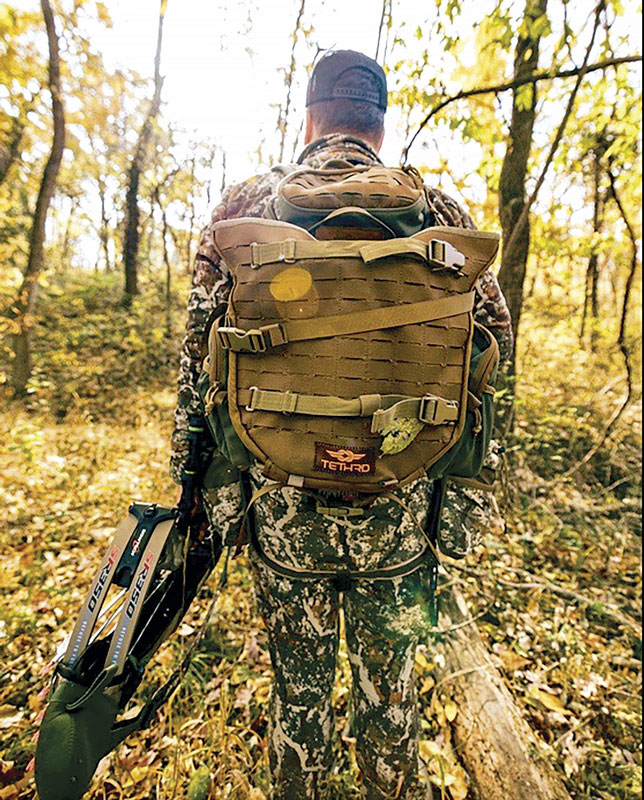
Platform needs
Since saddle hunters are suspended from a tether, it is important to have a platform. The platform attaches to the tree and allows hunters to rest their feet while taking some weight off the saddle. Albritton suggests finding a platform that offers good surface space yet is light enough to easily attach to your tree.
“It’s all about packability, weight and ergonomics with a tree saddle setup. For some hunters, lighter is always better, while others just want something strong and simple,” he said.
You’ll also need climbing sticks to reach your desired hunting height. According to Albritton, most saddle hunters prefer to use three, lightweight sticks with an “aider.” A climbing aider is a device that you use in conjunction with your climbing step that helps you gain more height per stick. Aiders are often made from AmSteel wire rope or Dyneema rope and hang down below each climbing stick section.
Finally, a quality ascender will aid you in easily adjusting your tether or lineman’s belt. Ascenders are metal devices that clip to your carabiner that your ropes thread through. In addition to aiding while you climb, ascenders also help keep you safe.
Accessories
Speaking from personal experience, knee pads are a must. If you plan on sitting for any length of time, you’ll quickly become uncomfortable with your knees digging into the tree. Also, a back or recliner strap that connects to the carabiner on your saddle bridge and goes around your body will help support your back, making long hunts more comfortable.
The learning curve
While tree saddles certainly provide hunters with more mobility and options, they do come with a learning curve. For me, learning to climb was surprisingly easy and in a short period of time I figured out how to quickly ascend and descend. Making accurate shots with my bow, however, was something different.
Learning to shoot from my saddle took some time and practice, but I eventually figured this out as well through trial and error and a steady practice routine. Because a tree saddle allows you to move 360 degrees around the tree, practicing from different positions and taking practice shots at varying angles is a must. If you plan on hunting out of a saddle, it’s time to start learning how if you want to be ready for the upcoming season.
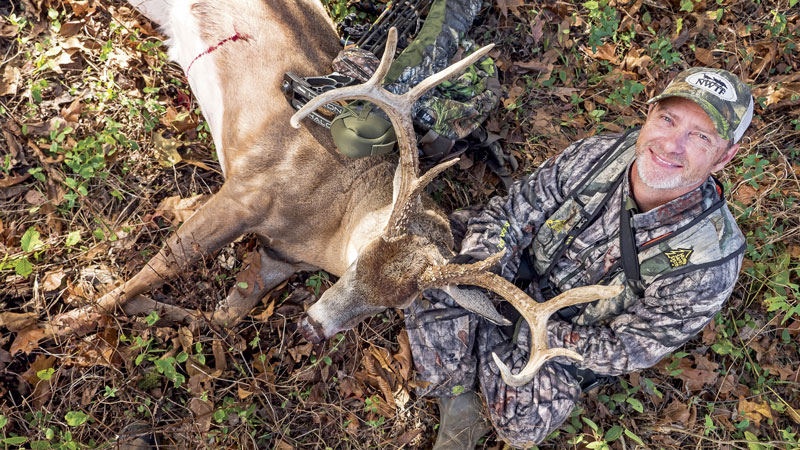
Sneak attack
Now, let’s get back to the hunt of that buck that I began this story with.
The mid morning sun seemed to slow the deer activity, but I was confident the buck and doe weren’t far from the thicket I’d watched them disappear into an hour earlier. It was time to make a move and within minutes, I was down and slowly moving towards the area where I’d last seen the buck. Quickly and quietly I ascended, making sure to position myself on the backside of the nearby oak tree.
I would like to say that the buck reappeared quickly, but that wouldn’t be the case. Two hours after making my move, while snacking on a stick of beef jerky, the stillness would be shattered by the sounds of running and grunting coming from the thicket. Within seconds, the doe would emerge, and when the buck did the same, stopping at 18 yards and broadside, I took my shot.
Later as I sat on the ground next to the buck, wondering if he had been in the thicket the entire time I moved, I was thankful for my tree saddle and how quickly and quietly it allowed me to reposition. I still use climbers, ladders and fixed position stands for deer hunting, but without a doubt my tree saddle has added an extra level of stealth to my game.
My picks for 2023
A few of my favorite new pieces of gear from the Tree Saddle world.
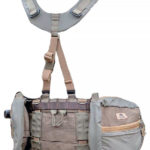 Tethrd Lockdown Saddle
Tethrd Lockdown Saddle
Tethrd Lockdown Saddle is the first 2-panel saddle in their lineup. Unlike a typical 2-panel saddle, the Lockdown features replaceable elastic that allows the saddle to open to the full 2-panel position when sitting, and retract when pressure is taken off. (www.tethrdnation.com)
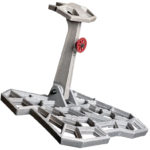 Trophyline Onyx Saddle Platform
Trophyline Onyx Saddle Platform
The Onyx is a saddle platform that is a fusion of their EDP, Mission and Wingman platforms. The Onyx contains an Angled Perimeter — angles on each side of the platform, with built-in non slip ridges, containing the ideal contact points for foot placement and comfort. (www.trophyline.com)
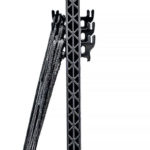 Latitude Carbon SS Climbing Sticks
Latitude Carbon SS Climbing Sticks
The Carbon SS Climbing Sticks are a single, continuous piece of carbon fiber material that’s 18” in length and just over one pound. There are no moving parts and no hardware, so there’s nothing to come loose no matter how hard you run the sticks. (www.latitudeoutdoors.com)
If you are interested in saddle hunting, do your research, watch videos and talk to sporting goods experts to make sure you get the right one for you. And practice, practice, practice.
